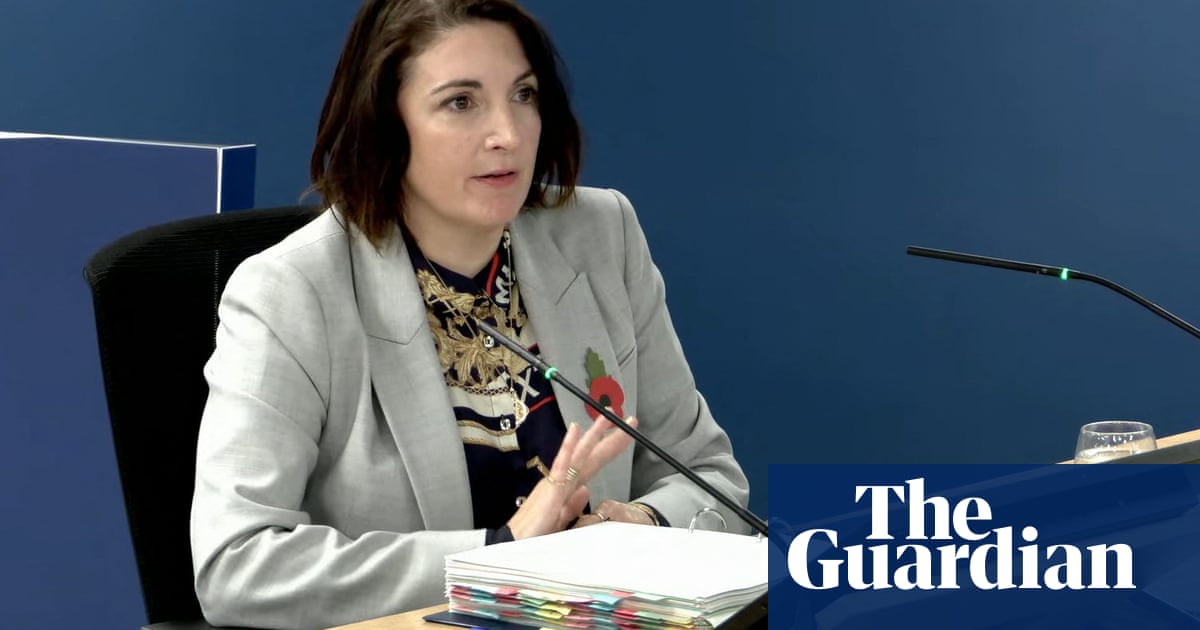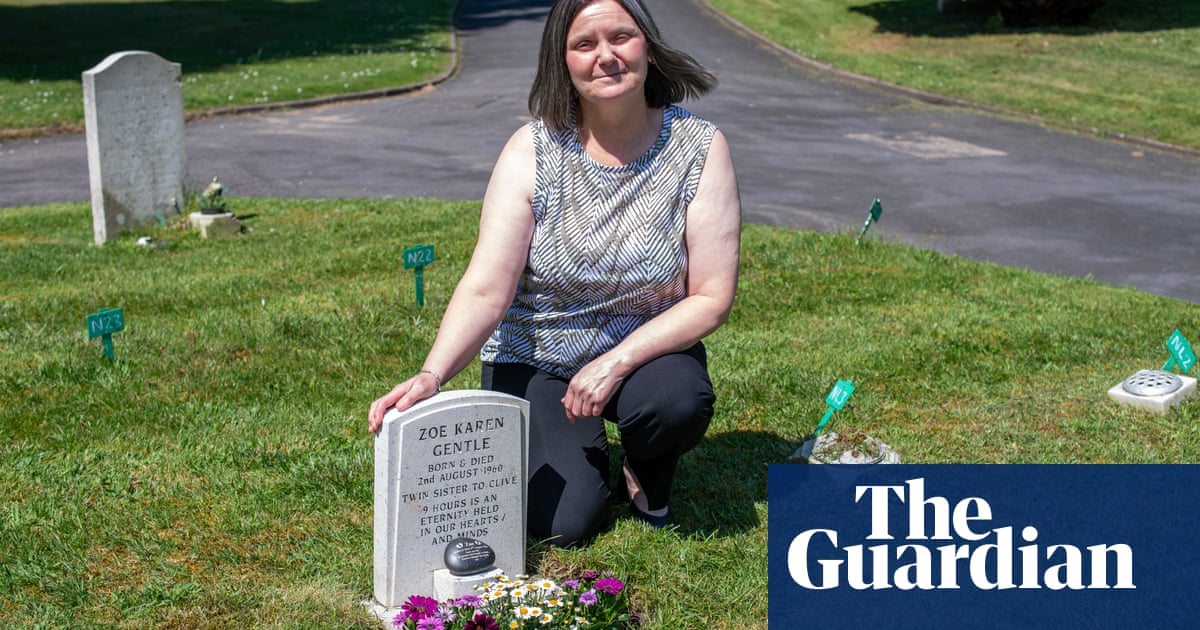
STAR CITY, Russia (Reuters) - The Star City Closed Administrative Territorial Unit is barely an hour’s drive northeast of the Kremlin, but for decades the town never appeared on any maps. Only after the Soviet Union fell apart was its location revealed.Even now, it is shrouded by forests, and behind its tall concrete walls lies the somber infrastructure of Russia’s legendary space program, and the Soviet-era apartment blocks that its cosmonauts and scientists call home.
Star City’s medical clinic stands in a wooded area just past a monument to Yuri Gagarin, who became the first man in space in 1961, and a soaring symbol of Cold War-era glory. To this day, flowers are often placed at his feet.
For around a decade, physician Natalya Lebedeva worked out of the Star City clinic as a paramedic. One autumn, she and another doctor were called out to the 12th-floor apartment of a young musician.
“We walk in and he’s in nothing but his underwear,” the other paramedic recalled. “And Natalya screams, ‘Grab him!’”
The young man was heading for the open window.
“If she hadn’t screamed, I wouldn’t have noticed. It didn’t even cross my mind that he might try to jump,” the paramedic said.
They wrestled the young man away from the ledge. “It’s good that he was wearing underwear, at least. Otherwise, I don’t know what I might have grabbed.”
Bleak tales peppered with black humor were part of everyday life for Lebedeva and her team as they navigated Russia’s often maddeningly bureaucratic and underfunded medical system.
So was the pressure, working in a close-knit and closed-off town, a place of rumor and recrimination, heroism and national pride.
“Star City is not just some city. The residents there are not easy,” said Irina Antropova, who worked with Lebedeva on the town’s ambulance service from 2006 until 2009. Fewer than 6,000 people live in the town’s dozen or so apartment blocks, many of them working for the Yuri Gagarin Cosmonaut Training Center. “They are cosmonauts, the families of cosmonauts, military personnel.”
In the circular building housing the training center’s centrifuge, a 300-ton arm spins cosmonauts around an 18-meter radius until the force of gravity acting on their bodies is multiplied up to eight times, replicating the feeling of re-entering the atmosphere, of falling to Earth.












